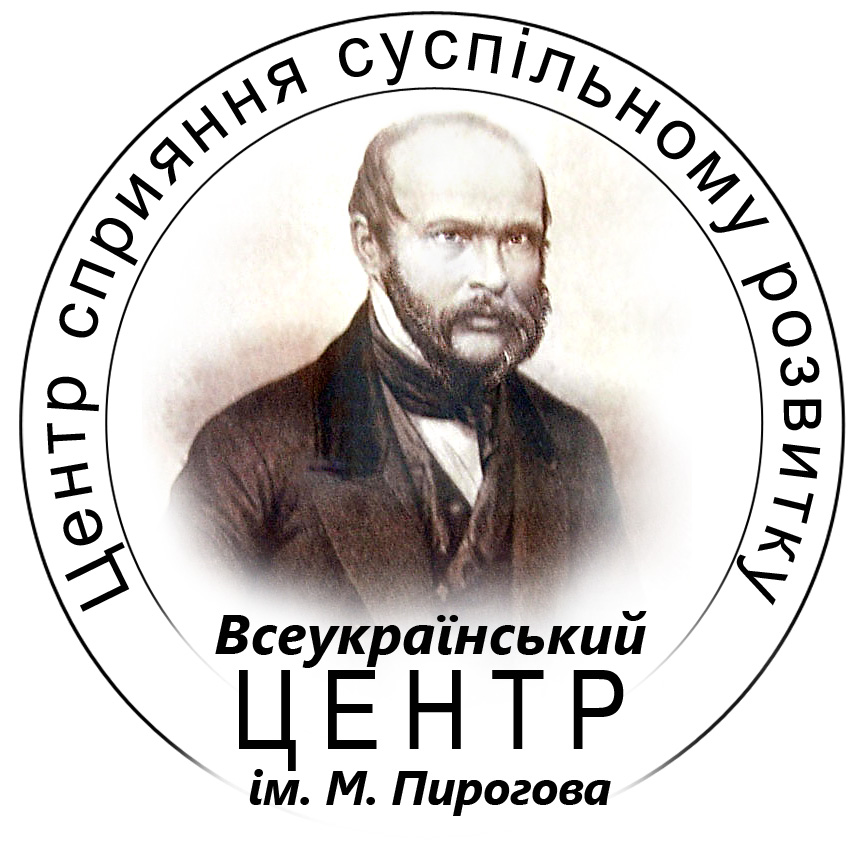
З ними співпрацює журнал:
Dear authors!
For the second year in a row, we have been working extensively, both time-consuming and energy-intensive, to prepare the journal for indexing in various scientometric databases, including Web of Science, so we draw your attention to a number of positions / requirements that you should definitely consider if you intend to publish your articles in our journal.
The policy of the journal at the present stage is focused on the need to improve the academic status of publications, primarily by taking into account new requirements for their preparation that meet international standards.
The main focus of the journal's profile is traditionally the printing of original (not previously published) completed scientific studies in various fields of philosophical, psychological and pedagogical sciences, and studies that you are just starting out, so that you could make the educational community familiar with the idea and purpose of research, hypotheses, tasks, methods and its means of implementation, predictions, intermediate results, etc. You should share your own emotions and the feelings of other participants of this scientific practical research. This reflection can be useful for you and your followers, readers of the magazine.
Please note that the text of the article must adhere to the general rules of citation and references to the used sources and requirements of the National Standard of Ukraine http://lib.pnu.edu.ua/files/dstu-8302-2015.pdf.
Please also note that in our journal we use the international style of citation and references in scientific works - ARA-style.
Structure of the article on philosophy, psychology and pedagogy
Introduction (15% of the volume of the article): statement of the problem, its relevance for theory and practice.
It is important in the introductory part to clearly formulate the conceptual apparatus within the framework of the study in order to avoid ambiguous understanding of the concepts.
The article should present quantitative and qualitative analysis of literature sources on the problem. In the list of used literature, no more than 50% of domestic sources are allowed, the rest should be foreign only from the Web of Science or Scopus database. When summarizing literary data, reference should be made to papers published in the last 10 years (Pay attention to the opinion of the editorial board: the above does not apply to those works whose methodological basis is the conceptual-theoretical content of previous years or centuries, because science is based only on true knowledge, otherwise it is a kind of plagiarism!) In any case, the names of authors who have studied the subject under study cannot be listed. As recommended by the new rules, the author first quantifies how many works on the problem at the time of writing the article are available in the WOS or Scopus database, including providing information on the number of sources by each type (monographs, articles, abstracts, etc.). After that a qualitative analysis of sources is made, on the basis of which the author identifies the main tendencies or directions in the knowledge of the phenomenon being studied. References to specific authors in the analysis of the literature are allowed only if the data obtained by them are contrary to the point of view of the author of the article or are fundamental to this research, - provided it is quoted. The introduction also describes the current state of the problem under study.
In addition, the editorial board supports articles that analyze the results of research of scientific schools in their region in the Ukrainian / World aspect with reference to them.
Aim and tasks
The aim of the article should clearly indicate the subject of the study and be specific (there should be only one aim, then at least three tasks). Based on the unresolved or problematic aspects of the issue raised, a theoretical justification for solving each of the tasks is carried out.
Research methods (30% of article)
If you have devoted your article to the essence of the methodology you have proposed, then examples are given and its novelty is substantiated.
The article reveals an experimental verification of the effectiveness of the proposed methodology, describing the conditions of the experiment, indicating the criteria, indicators, units of measurement with the introduction of statistics.
Discussion (10% of the article)
Conclusions (5% of the article)
If the article deals with the scientific and practical research of experimental-organizational-methodical nature, then the main material of the research is presented with full justification of the obtained scientific and practical results (40% of the article). The description of the empirical results should include specific data that confirm the statistical reliability of the results obtained. The latter can be presented in the form of tables, graphs, diagrams with further interpretation.
Pay attention! The conclusions should not contain information that is not in the content of the article!
* Names and last names are transliterated, titles and other information are translated. During the transliteration, the requirements of the Cabinet of Ministers of Ukraine “On streamlining the transliteration of the Ukrainian alphabet in Latin” from January 27, 2010 No. 55 should be observed. For transliteration from Ukrainian you can use the service http://ukrlit.org/transliteratsiia and from Russian - http://en.translit.net/?account=mvd.
Note: The following punctuation marks should be used in the text: quotation marks «...», hyphen (-), dash ( -- ) , apostrophe (‘).
The editorial board of the journal is not responsible for the content of the articles and may not share the opinion of the author / authors.
